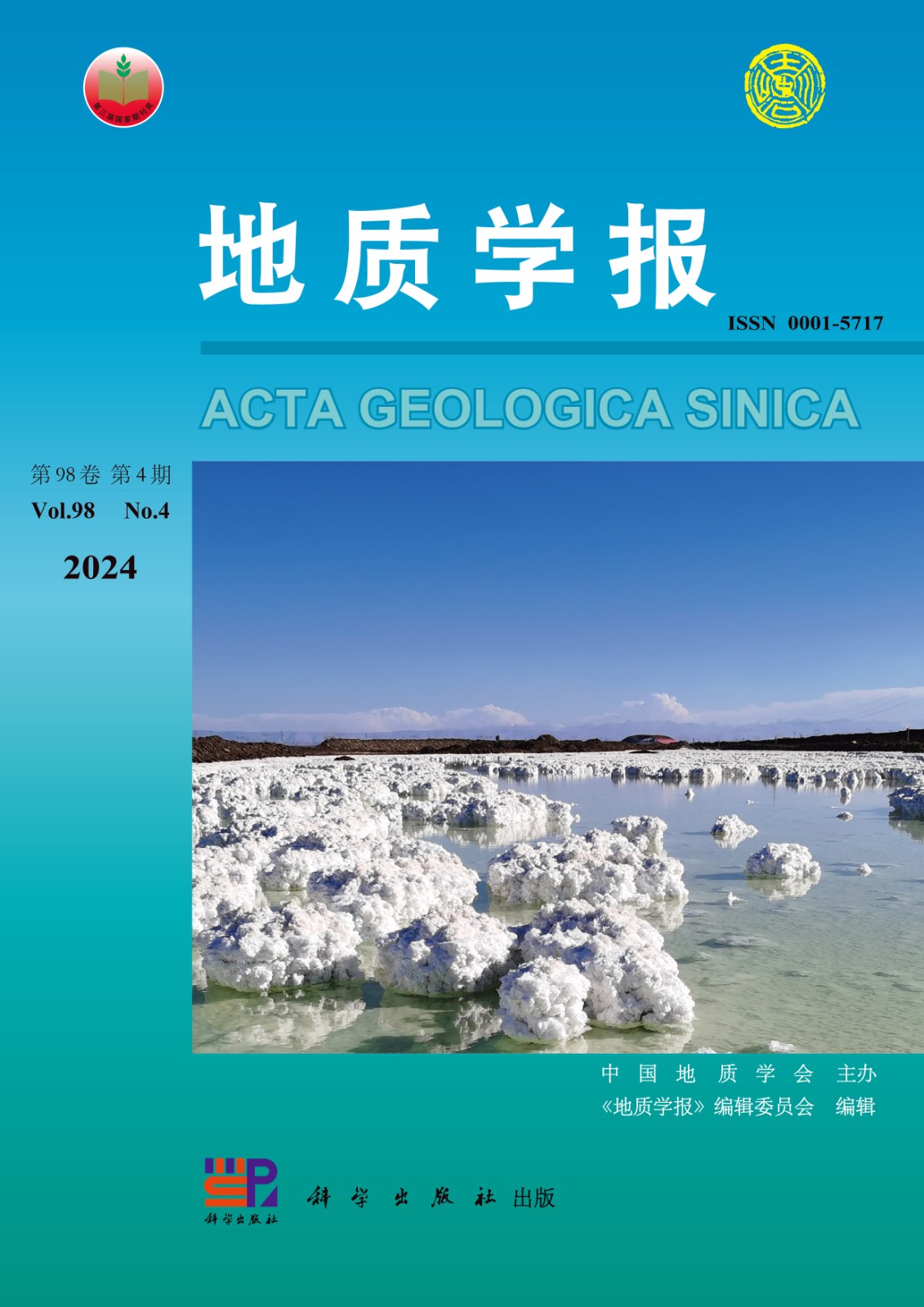
Established in 1922, Monthly
Editor in Chief :YANG Jingsui
Governing body:China Association for Science and Technology
Organizer:Geological Society of China
ISSN:1000-9515
CN: 11-2001/P
Domestic postal code:2-113
Foreign issue code:M 78
- Most Read
- Most Cited
- Most Downloaded
